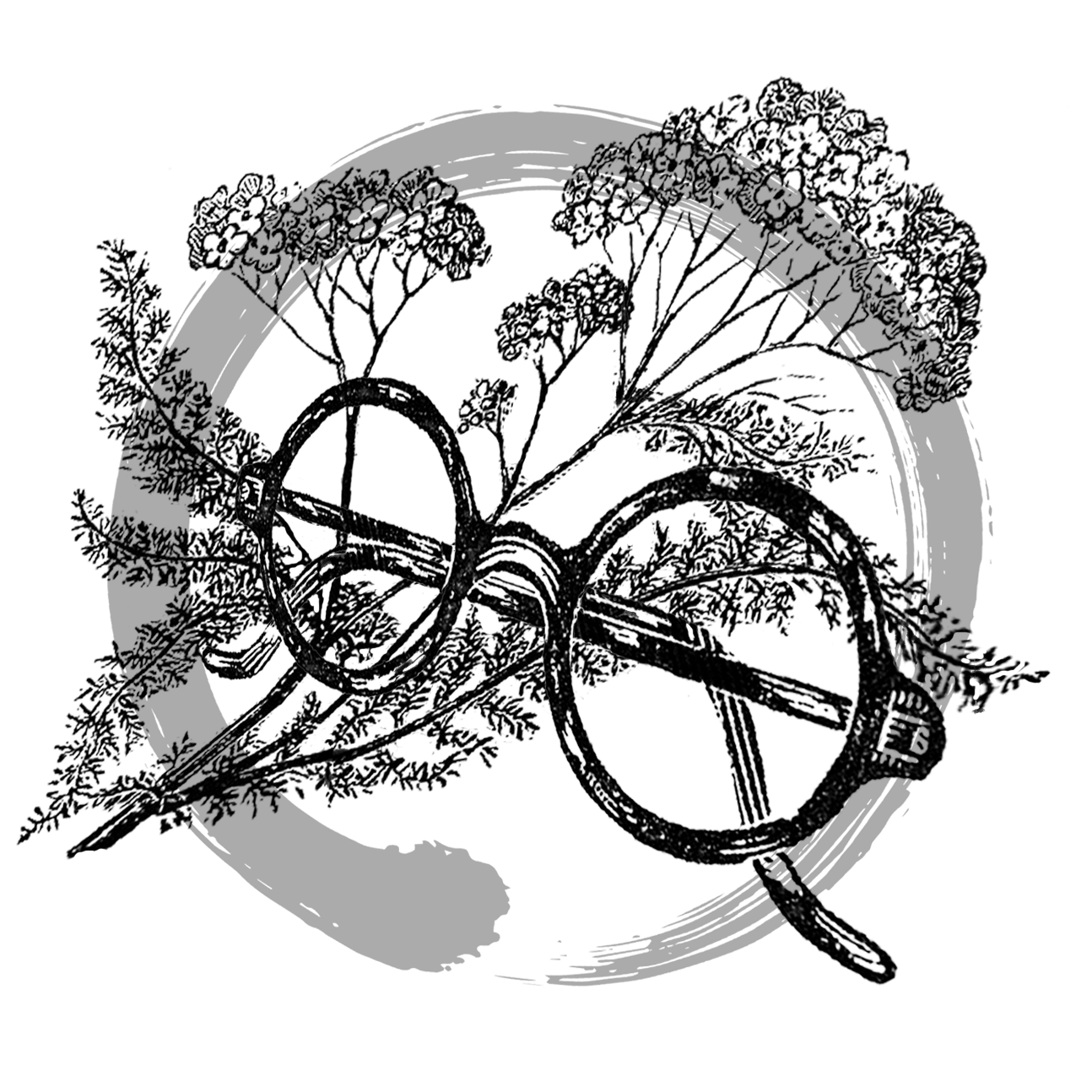
Lineage: A Naming
Dr. Alan L. Hart
1890-1962. Trans Ancestor.
“I am happier since I made this transition than I have ever been in my life and I will continue this way as long as I live … I came home to show my friends that I am ashamed of nothing.”
-
Dr. Alan L. Hart was the first known transgender man in Oregon, and the first in the United States to obtain gender-affirming surgery with a hysterectomy in 1917.
He studied medicine and graduated from medical school with high honors, but was stymied when his diploma listed his birth name, limiting his job prospects. In 1918 while completing his medical training in San Francisco, a classmate outed him—forcing him and his wife to move to rural Oregon.
In 1920, drug company Bayer first synthesized hormones. Hart began taking testosterone.
By the 1930s he began specializing in tuberculosis prevention, detection, and treatment, and spearheaded the use of x-rays in early detection of TB. Before the invention of antibiotics to cure TB, early detection and isolation reduced the spread of TB; it is estimated that Hart saved thousands of lives through these methods. In some places, he reduced the incidence of TB from 1 in 4 to 1 in 50. At the time, TB patients were targets of tremendous stigma—something Hart could relate to. The clinics he founded were called “chest clinics” rather than TB clinics, a clever language shift to protect the wellbeing of his patients.
When Hart died, his will directed that his diaries be destroyed, and his legacy was almost lost.
But Hart’s truth is woven throughout the historical record. Way back in the 1920s, in both his grandparents’ obituaries, they name Hart their grandson.
I consider Dr. Hart one of my ancestors in my own ‘Wounded Healer’ lineage. I take courage in his persistence in preventing harm from infectious disease—and in holding close his clear empathy for his patients—while navigating a society and a profession that oftentimes reviled him. Nothing could stop him from doing his work in the world, and being who he was meant to be.
In graduate school, I created a comics project called Queer Saints: An Incomplete Illustrated Compendium of Queer Elders and Ancestors. So much of our history as queer and trans people is lost. Naming my practice after Dr. Hart is one small step toward a reclamation, an assertion that we have always been here and always will be.
Yarrow
Achillea millefolium
“It’s an ancient plant that people have been in relationship with for thousands of thousands of years ... it will almost always work when you call forth its medicine. It is a good friend to have.”
-
Yarrow is a perennial plant native to the Pacific Northwest, and widespread through temperate regions of the globe. She has the ability to thrive in disturbed and degraded landscapes, helping to restore and regenerate ecosystem vitality. Yarrow helps to build soil, tolerates drought, and is a nutrient accumulator and erosion preventer due to its deep roots.
The plant is beloved by pollinators and beneficial insects, and many species of insects rely on her for food.
Medicinal use of yarrow dates back thousands of years—she was even found in a Neandertal burial site dates 60,000 years ago. The Diné use the plant for toothaches and consider her a foundational ‘Life Medicine’; the Miwok as an analgesic and inflammation remedy. The Latin name references Greek epic hero Achilles, who used yarrow to staunch wounds. Studies show the plant to be antiseptic, antimicrobial, anti-inflammatory, and also slows down bleeding.
Too much ingestion of yarrow, however, can cause skin irritation and photosensitivity, in which a person is susceptible to sunburn.
The plant was also considered to have spiritual or magical properties. In China, the stems of yarrow are cut and dried to be used in I Ching divination. There is documented use of yarrow in love charms in medieval England. Dried yarrow can be burned for smoke cleansing.
Yarrow is a potent medicine, and a way to frame my service as a supervisor. Yarrow is flexible and adaptable, useful in many instances—and, to use her must come with an awareness of her potential to do harm. Drawing on deep roots, she creates nourishment and habitat for the resiliency and continuance of connection. She is common and sacred at the same time.
I grew up in the Pacific Northwest, loving the softness of yarrow’s feathery leaves—and regularly incorporating her into my witchy magical potions in childhood play—though I never knew her name. Only when I began to study ecosystem restoration did I recognize this beloved plant friend of my childhood.


